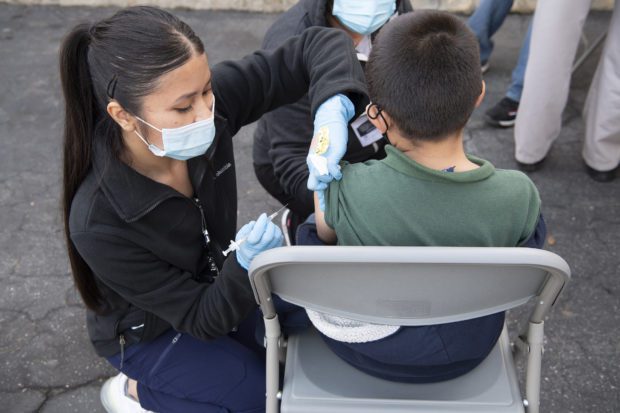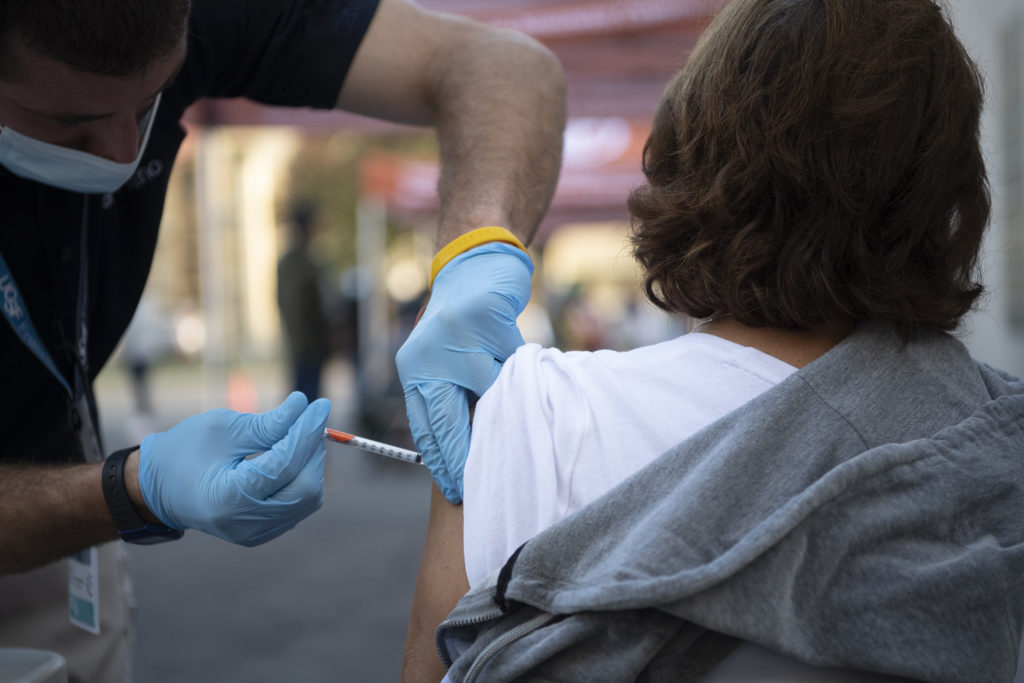

We didn’t like the “stay in shelter” order from our leaders. We didn’t like to stay home for several months without going out to restaurants or visiting our friends. Of course, we didn’t like it and so we dislike the pandemic and the isolation implemented to control it.
But vaccines were produced fast, and now we are in better shape as a society to confront Covid-19. At least on paper, because in reality we are not doing well controlling the virus in the Central Valley.
The Delta variant of the virus is stronger and spreads faster. And it is deadly. News from Europe, where some countries were in good shape, is not good. The Delta variant is causing real problems, hospitals are packed and more people are dying.
Europe and the Valley are not doing well controlling the virus.
A simple observation. Recently, I visited a friend who lives in Mendocino County—north of the Bay Area. I was surprised to see almost everybody wearing masks. At a supermarket, I noticed an employee disinfecting the carts—something we don’t see here any more. In Fresno, we are lucky at certain supermarkets if we find wipers to clean the carts.
No wonder in Mendocino County the impact of Covid-19 is softer than in Fresno County. On top of those measures to control the virus—using masks, disinfecting carts—the percentage of vaccinated people is higher: 61.7% of the residents of Mendocino County are fully vaccinated. In Fresno County, it is only 54.7%.
The vaccine is a crucial instrument to control the impact of the virus. A vaccinated person still can get infected but most likely will not end up in the ICU. The vaccine is free and has insignificant side effects. And no, they are not injecting anything strange into your body. And no, the vaccine wasn’t “invented” right away and out of the blue.
The current vaccines have been in the making for about 20 years. Labs around the world have been working on them since the surge of the so-called Avian flu.
But why is it that residents of the coast are in better shape than us in the Valley? Basically, those counties have a higher percentage of educated people and better household income.
We can see this difference at the local level. Zip codes of Fresno where high-income people live have more people vaccinated.
For instance, zip 93720 (48,302 people) has 68.4% of people vaccinated with at least one dose. This area is north of the city of Fresno where affluent people reside.
In comparison, zip 93706 (41,783 people) has 50.6% of people vaccinated with at least a dose. Zip 93706 is located south of Fresno where low-income people reside.
Although there is little we can do to resolve this situation in the near future, we can certainly do better to get more people vaccinated and keep the basic protocol when interacting with others—using masks, for example.
There is also the demographic factor.
Blacks (36.7% in Fresno County) and Latinos (45.8%) are less vaccinated than Asian Americans (64.8%) and Whites (56.0%). It is no coincidence that both Blacks and Latinos are less affluent than Whites. These numbers are provided by the Fresno County Health Department.
The state government is doing its best to guarantee fair access for every citizen to the vaccine. Several local community-based organizations received funds to reach out to their communities, in their languages, to vaccinate more people.
This is the case of Centro Binacional para el Desarrollo Indígena Oaxaqueño (Binational Center for the Development of Oaxacan Indigenous Communities) of Fresno, a nonprofit organization dedicated to providing services to indigenous Oaxacan immigrants. Thousands of farmworkers from Oaxaca, Mexico, call the San Joaquin Valley home. Most of them speak their own native language—which is not Spanish.
Among Latinos, migrant agricultural workers are particularly susceptible to infectious diseases such as Covid-19 due to a number of factors related to the nature of migrant work:
- Working for long periods of time in close contact with other workers
- Sharing transportation and housing with other workers or multigenerational family members
- Moving from community to community for work
Pedro Cruz, a 62-year-old farmworker living in Arvin, got sick with Covid-19 two months ago. He still feels pain and has difficulty breathing. He and his family stayed in quarantine for two weeks, and now he has decided to get vaccinated.
“I didn’t want to do it because, you know, you hear things, bad things about the vaccine. But now I’ll do it,” said Cruz. “I was in the hospital, I didn’t feel good at all.”
It’s never too late.
*****

